SEC Football Coaches Publicly Plea to Save Walk-Ons

There are many uncertainties surrounding the future of college football. The sport is undergoing widespread changes year after year after year. This fall Texas and Oklahoma are competing for a chance to play in a 12-team CFB Playoff in the SEC, and it’s insignificant compared to what lies ahead.
Throughout the seismic shifts in the sport, particularly realignment, coaches have typically stayed on the sideline, relying on administrators to sort out all of the details. “That’s above my paygrade,” is the familiar refrain from Mark Stoops.
The next potential big change is causing the Kentucky head coach to change his tune. The future of walk-ons is in doubt.
During the SEC Spring Meetings, questions about the House settlement were at the center of the conversation. There are major changes coming to the sport and none raised more concern than the potential elimination of walk-ons. Coaches are rarely united, but they all agreed that walk-ons must be preserved, including Mark Stoops.
“I’m totally in support of keeping walk-ons,” Stoops shared with KSR. “They’re invaluable to our program. There’s been thousands of great stories and we need to continue to keep them in our sport.”
Earlier this week, Ole Miss coach Lane Kiffin shared publicly the lengths SEC coaches are willing to go to maintain walk-on programs in the future.
“The coaches agreed we would pay out of our own salary, give us less money to our salary, take whatever it costs to have walk-ons, and we’ll pay it for it out of our salary,” Kiffin told The Athletic.
The problem is that it’s not a financial problem. Unlike most issues in college football, you can’t throw money at this issue to fix it.
Why Walk-Ons May Be Eliminated
In the House settlement, the NCAA agreed to eliminate scholarship limits in all sports, giving more athletes an opportunity to earn money. It will be replaced by roster limits. Most football teams currently have approximately 125 players on the roster with 85 players on scholarship.
Eliminating scholarship limits will benefit some sports, most notably baseball, which currently is limited to only 11.7 scholarships. In the new system, they may be able to give scholarships to up to 30 players. That money has to come from somewhere, and it’s most likely coming from football.
There’s no certainty where the roster limit may end up in football, but let’s just say it gets to 100. The biggest programs may be able to provide scholarships for every one of those players, creating a wider imbalance between the haves and the have-nots.
Even if Kiffin and the rest of the SEC coaches were willing to foot the bill to maintain equity among teams and continue walk-on programs, it won’t save the NCAA from lawsuits. According to Seth Emerson, there’s a fear that keeping partial scholarships or walk-ons could open them up to more litigation. The courtroom has not been kind to the NCAA as of late. In their eyes, eliminating walk-ons is easier than cutting another check.
Why Coaches Need Walk-Ons
While we may not write stories about walk-ons once or twice a year, college football programs can’t function without them. You saw exactly that this spring in Lexington.
Mark Stoops made headlines when he announced the format of the spring game must be changed due to a string of injuries on defense. If walk-ones weren’t available, he might’ve been forced to just cancel the entirety of spring practice.
Top 10
- 1Trending
85-90% chance
Stoops is gone, per Matt Jones
- 2Hot
Georgetown
First look at the Hoyas
- 3Hot
Non-Con Games Ranked
Louisville is No. 1
- 4
UK Final Record?
Sources Say UK MBB Predictions!
- 5
Epic pregame speech
And you thought you hated TN
Get the Daily On3 Newsletter in your inbox every morning
By clicking "Subscribe to Newsletter", I agree to On3's Privacy Notice, Terms, and use of my personal information described therein.
The spring served as an invaluable time for Bush Hamdan to install his offense, albeit without a complete roster. Many players spend the spring rehabilitating from offseason surgery. The team is also without most of its incoming freshman class, creating an even tighter numbers crunch that makes it difficult to practice.
That numbers crunch could be felt in the fall if walk-ons are eliminated. Even though rosters are significantly smaller in the NFL, 53 vs. 85, NFL teams can add free agents if injuries deplete depth in the middle of the season. That’s not an option in the college ranks.
Furthermore, the potential elimination of walk-ons is another threat to the college football postseason. Opt-outs deplete rosters ahead of bowl games, and it’s just not star players who want to stay healthy ahead of the NFL Draft.
“The move now is people have started to not play in bowl games so they don’t get hurt to go in the portal. And I’m not even saying starters,” said Kiffin. “I’m saying we had players on special teams, backups on defense, offensive teams, like, ‘Why are you not playing in the Chick-fil-A Bowl, New Year’s Six bowl?’ And they’re like, ‘We don’t want to risk getting hurt covering a kickoff because we’re going in the portal.’”
The Best Walk-On Stories
The great walk-on stories Mark Stoops alluded to aren’t just the familiar ones we know. It hits near and dear to his heart.
His nephew, Drake Stoops, was a walk-on who was eventually named a team captain at Oklahoma. Last fall the wide receiver had nearly 1,000 yards receiving and 10 touchdowns. That pales in comparison to what he did as a redshirt sophomore in the Red River Shootout. Stoops caught a 25-yard touchdown in the fourth overtime to hand No. 22 Texas a 53-45 defeat.
Closer to home, there are plenty of walk-on success stories throughout Stoops’ tenure at Kentucky. Charles Walker earned a scholarship and housed a punt return against New Mexico State. A year later, David Bouvier caught a touchdown in Kentucky’s first win over Florida in 31 years. A few weeks later, Bouvier made an exceptional catch on a two-minute drive that set up a walk-off win at Missouri. Meanwhile, another former walk-on, Zach Johnson, was smashing players on special teams, none more so than his hit that electrified the crowd at the 2019 Belk Bowl.
Freddie Maggard was not a walk-on, but plenty of his teammates who didn’t start their careers on scholarship parlayed their opportunities into professional success.
Dr. Joel Mazzella was too undersized to initially get a scholarship but became a two-time All-SEC selection at offensive guard. Newport Central Catholic product Jeff Brady went from walk-on to nine-year NFL vet. Doug Pelfrey kicked a game-winning field goal to defeat Georgia at Commonwealth Stadium in 1990 and set multiple Kentucky kicking records before spending seven seasons with the Cincinnati Bengals.
These are just some of the rags-to-riches success stories at Kentucky. Imagine Notre Dame football without Rudy. What would Georgia football be without Stetson Bennett? Will Texas A&M still have the 12th Man? Those stories, the ones that make up the heart and soul of college football, are in jeopardy of being gone forever.

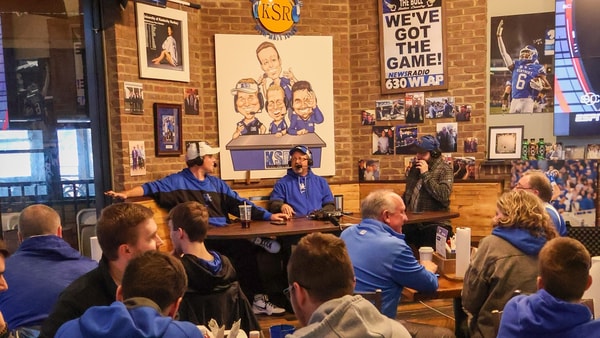
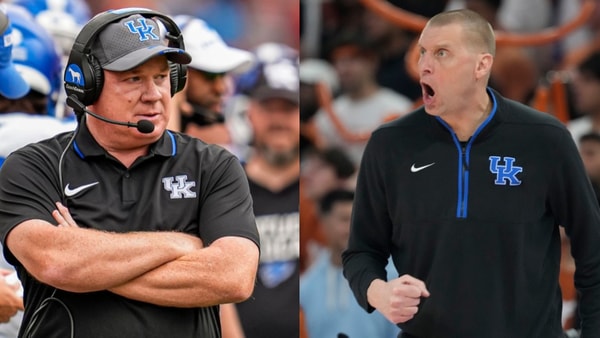
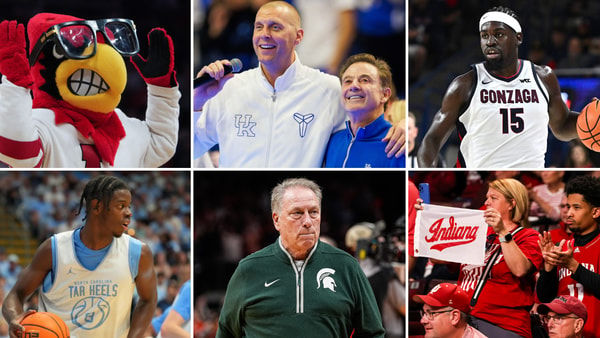
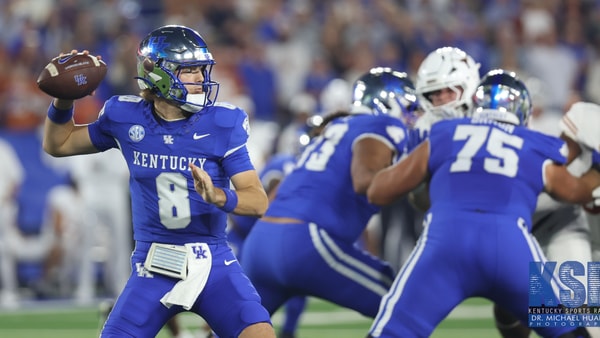
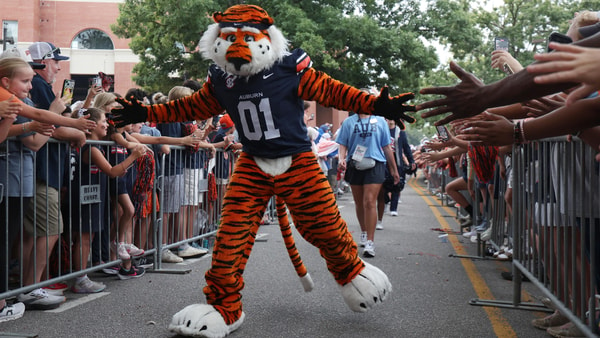

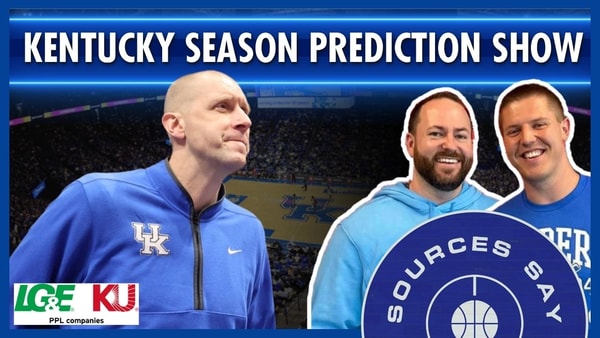
Discuss This Article
Comments have moved.
Join the conversation and talk about this article and all things Kentucky Sports in the new KSR Message Board.
KSBoard